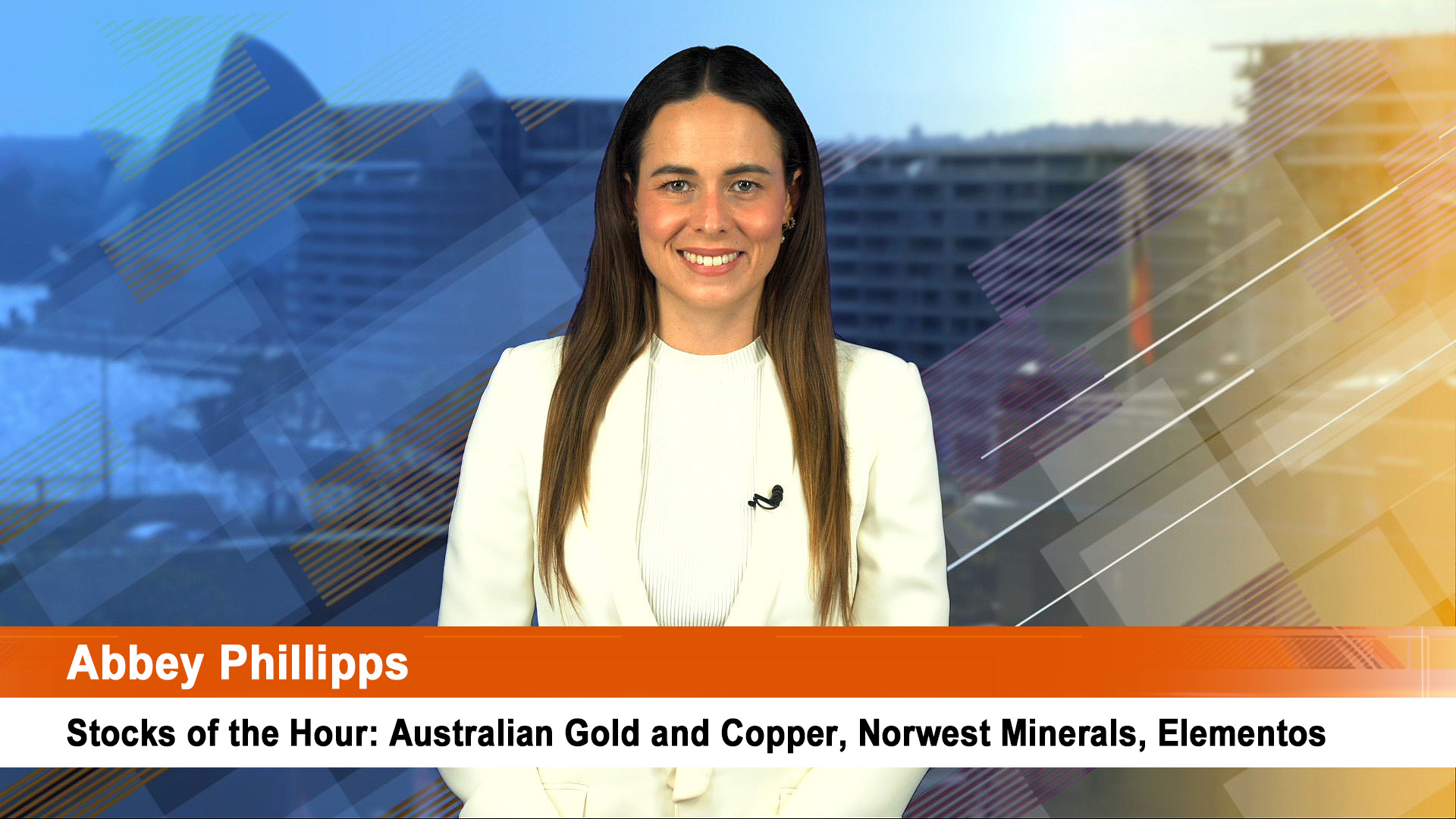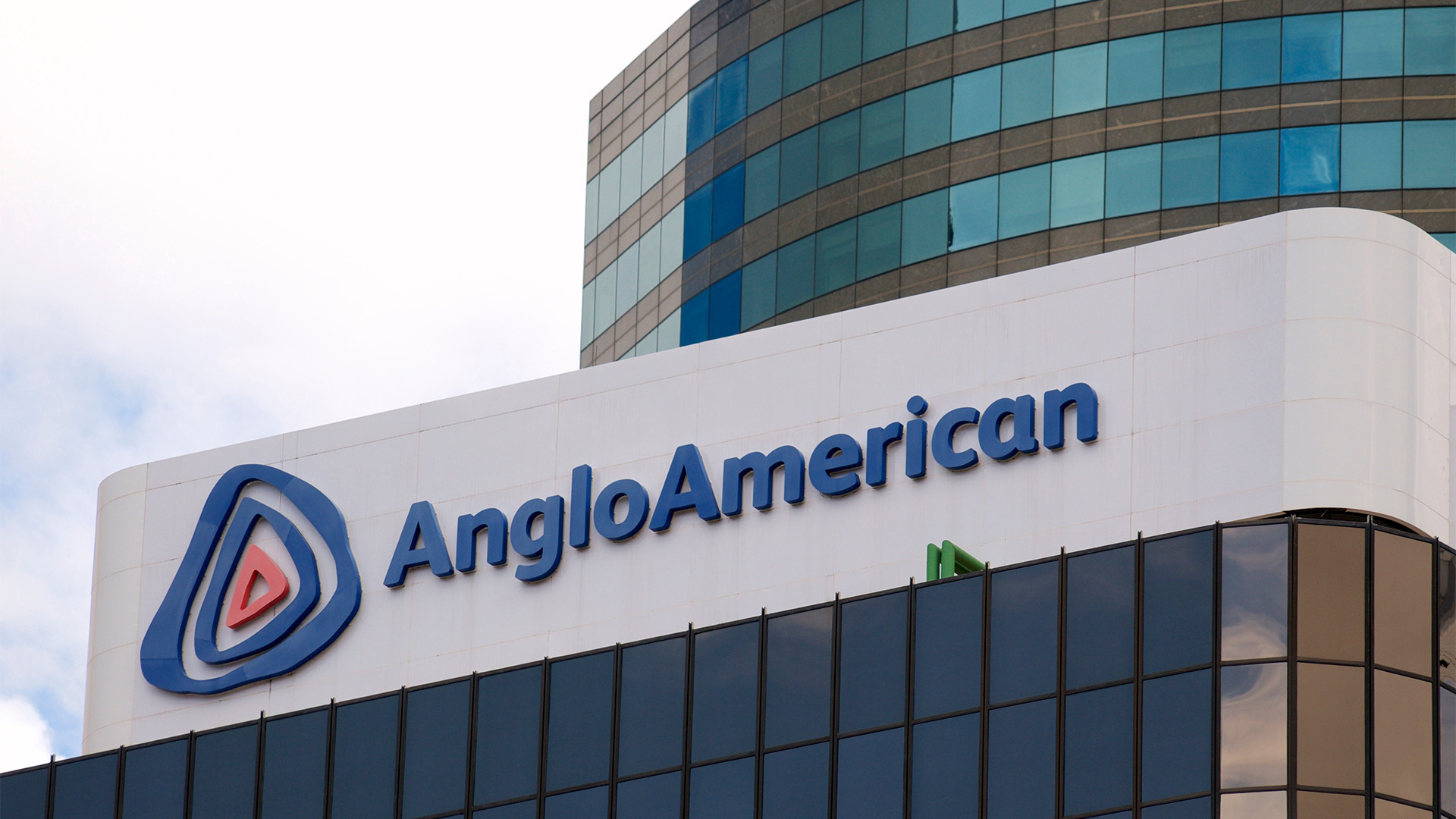
So far we’ve only seen some scattered June 30 reports: a couple of filings from investment companies associated with Goldman Sachs JBWere, some tiddler industrials and yesterday’s annual report from GUD Holdings, the Sunbeam and water products company.
That was a reasonable result but it left investors underwhelmed about GUD’s 2009 expectations because there’s seemingly no growth factored into the forecast performance (See below).
The market sold off the shares, gently, but it was a message to other reporters that flat or fuzzy guidance for the next year won’t be tolerated.
These groups are not going to tell us what the reporting season will be like, but there are a few clues.
BHP Billiton is looking at earnings going close to $US17 billion in the June 30 year, Rio will be higher, Woodside, Santos and Oil Search will also be riding the surge in world oil prices higher, while Woolworths has already said it expects to meet its 20%-plus guidance.
Newcrest should do well, if the figures in its 4th quarter production report are any guide (see accompanying story) and ending the hedge book has allowed it to get as much value as possible from the higher gold price, while it will benefit from the higher copper price as well.
Telstra is on track for a small gain, Qantas will earn a record profit, then plunge back to 2006 levels this financial year and others in the transport sector will do it tough because of the higher cost of fuel.
The Commonwealth Bank will give a guide as to how financial stocks fared. Expect write-offs, higher interest costs, narrower margins and pressured earnings.
The funds management business won’t be reporting a strong second half. The CBA abandoned its forecast of matching or doing better ‘than its peers’ back in May, so that might be a hint about its expectations.
Macquarie Bank’s confession that the first quarter of its 2009 performance was down on a year ago, should be a guide to investors wondering about how the financial sector will go this year.
It will be tough: home lending, personal lending, car sales are all going to be down or flat at best. High petrol prices have carved a lot of dollars out of consumers’ wallets which should normally go to retailers.
In fact it can be said that 2008 will truly be a year of two halves and the first half to December won’t bear much resemblance to the second half or the full year performance. And 2009 will be more like a repeat of the back half of 2008.
Centro, Mirvac, Transurban and a clutch of geared property and infrastructure trusts will also be downers, and their 2009 results could very well be a lot worse as they adjust to the new reality of covering payouts with earnings and not borrowings.
Analysts at Citigroup said this week that their expectations for earnings per share growth for the 2007-08 year have already dropped from 10% to 3.8% in the last 12 months.
"Last year’s bad news is already priced in, so the risk of disappointment on those numbers is small.
"On the positive side, top-line economic activity was extremely strong in Australia right through to the end of February 2008 – and even beyond that for a significant number of companies. Companies still squeezing strong profitability from ongoing cyclical strength include Downer EDI and JB Hi-Fi.
"Resources stocks can do well, notwithstanding rising costs and a strong currency, and high quality companies with successful business models such as CSL are able to deliver robust earnings notwithstanding a rising $A.
"We expect the tone will be downbeat however, particularly with bigger risks surrounding guidance and trading updates.
"Bottom-up, we are still forecasting S&P/ASX 200 earnings of 10.3% on 2008-09, comprising 16.5% for Resources and 7.9% for Industrials. Given the lack of year-ahead visibility, some companies may also be tempted to withhold guidance – itself a high-risk approach.
"Themes and stocks to watch this season include: Cost pressures (eg: Alumina, Coca-Cola, Goodman Fielder, Qantas); Currency (eg: Cochlear, Aristocrat); Management Change (eg: IAG, Oxiana); and Outlook Comments (eg: Asciano, Wesfarmers)."
Earlier this week Djerriwarrh Investments chairman, Bruce Teele (it’s associated with Goldman Sachs) told the ASX in the company’s 2008 profit statement that "Equity markets remain wary. Australia has also been impacted by these conditions, as a result higher input costs are likely to place pressure on corporate profitability across a range of industries and businesses other than those able to readily pass on their cost increases to customers.
"However the direct exposure of its resources and energy markets to China and other developing economies has meant economic activity has been generally sound.
"In fact these sectors of the market have helped cushion the impact of a slowdown in other areas of the Australian market, particularly discretionary consumer spending and parts of the housing market," he said.
And we should keep an eye on the nervousness in American and European markets. Thursday night saw falls of more than one to two per cent (and more for the Dow) on renewed worries about banks and financial stocks. Much of the volatility is day to day stuff and trading related, but Ford, in announcing a record loss, said it wasn’t expecting the US economy to recover until 2010. Remember that.
So long as China continues to grow, Australia will be held afloat and even the housing sector won’t suffer the losses that we are seeing in New Zealand, Britain or the US.

The market took a set against GUD Hold













